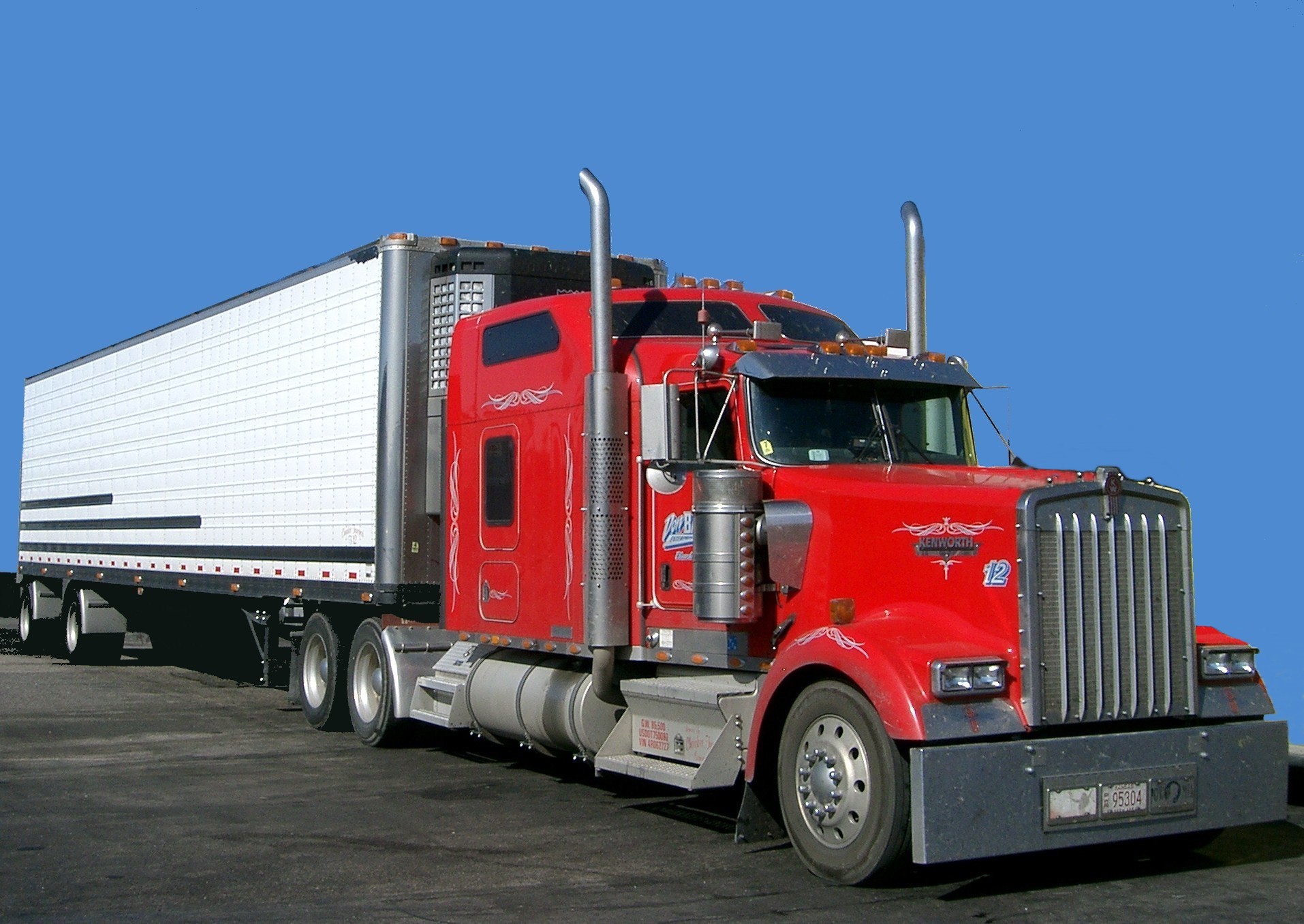In the realm of automotive enthusiasts and everyday drivers alike, the debate between the GMC Double Cab and Crew Cab configurations is one that often stirs passionate discussions. This discourse elicits a deeper fascination that transcends mere preference for body styles. It encapsulates a broader context of utility, comfort, and personal expression. Vehicle choice, especially in the truck segment, can sometimes reflect lifestyle choices, socioeconomic status, and even our environmental considerations in an era increasingly sensitive to climate change.
To begin, it is essential to delineate the basic differences between Double Cab and Crew Cab configurations. Primarily, both options cater to the need for passenger space while maintaining the utility of a traditional pickup truck. However, their distinct features set them apart in terms of functionality and appeal. The GMC Double Cab tends to have a slightly smaller rear seat area compared to the Crew Cab. Typically, a Double Cab offers two full-sized front doors and two smaller rear doors, which provide access to the rear seats but may not afford the same spaciousness as the Crew Cab, which features four full-sized doors. This structure allows for easier ingress and egress for rear-seat passengers and could be an enticing attribute for those who prioritize convenience.
Delving deeper into the nuances, one might observe that the choice between the two often hinges on intended usage. For individuals and families who require ample seating—perhaps for carpooling, family outings, or recreational purposes—the Crew Cab’s spacious rear seating can accommodate more passengers comfortably. The ability to transport friends, family, or bulky items, such as camping gear or sports equipment, is a vital consideration. Conversely, the Double Cab may appeal to those who have a more utilitarian approach, prioritizing cargo space in the truck bed for work-related activities, be it hauling tools to a job site or transporting heavy supplies.
This leads us to examine another critical aspect of the truck battle: payload capacity and versatility. The Crew Cab, while providing increased passenger capacity, can sometimes sacrifice a fraction of the payload when compared to the Double Cab depending on the specific model and configuration chosen. For contractors or tradespeople, the payload capacity can be a vital metric. A deeper dive into the specifications of specific GMC models often provides clarity in this realm, guiding potential buyers toward the option that best aligns with their functional needs.
Nevertheless, another layer of this discussion deserves attention: the evolving standards of truck design in relation to fuel efficiency and the environment. Truck manufacturers, including GMC, are increasingly incorporating advanced technologies and engine options aimed at reducing carbon footprints. As the auto industry grapples with the imperative for sustainable practices, understanding which configuration offers better fuel efficiency becomes paramount. While the engine specifications are not solely determined by cab style, variations in weight distribution and aerodynamics can slightly influence miles per gallon (MPG) ratings. Here, the Crew Cab, typically due to its larger physique, might marginally fare worse than its Double Cab counterpart. This might sway environmentally conscious consumers toward the more efficient option.
As the discussion continues, aesthetic appeal cannot be overlooked. In the current market, trucks are not merely functional vehicles—they serve as status symbols. The brawny and rugged appearance of a GMC truck can evoke admiration on the road, allowing owners to project a particular image and alignment with rugged masculinity or an adventurous spirit. Here, personal expression intertwines with vehicle choice, and the Crew Cab’s often bolder, more robust look might resonate with individuals looking to make a statement. Alternatively, the more understated elegance of the Double Cab can cater to a different audience, one that appreciates classic design and practicality.
Moreover, the impact of technology within the cabins of these truck configurations introduces a new dimension to potential fascination. Modern GMC trucks offer a plethora of cutting-edge features, from advanced infotainment systems to enhanced safety technologies. Both the Crew Cab and Double Cab configurations are likely to be equipped with these modern conveniences; however, the distribution of technology often highlights the differences in space. For tech-savvy families who desire a technological oasis for long drives, the Crew Cab provides a more amenable space in which passengers can engage with onboard technology comfortably. In contrast, the Double Cab may serve its purpose effectively but might feel a little cramped when accommodating technology for all passengers.
Finally, therein lies the question of market demand and resale value. Trucks are often considered a sound investment, and the choice between Double Cab and Crew Cab configurations can potentially impact resale value and overall popularity in the used market. Crew Cabs, with their greater appeal for families, may attract higher resale values, while Double Cabs may serve niches that can sometimes limit their appeal. Understanding demographic trends can help inform which option might yield a better return on investment over time.
In conclusion, the GMC Double Cab versus Crew Cab debate encapsulates various factors that go far beyond mere preferences. They symbolize lifestyle choices, reflect societal trends, consider technological advancements, and embrace environmental consciousness. Ultimately, the decision between the two configurations remains a personal one—an intersection of practicality, aesthetics, and community considerations. The fascination with either option stems not only from the desire for a vehicle that meets everyday needs but also from how these vehicles contribute to our identity and aspiration as individuals within a rapidly evolving society.
